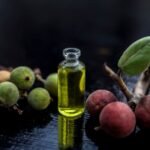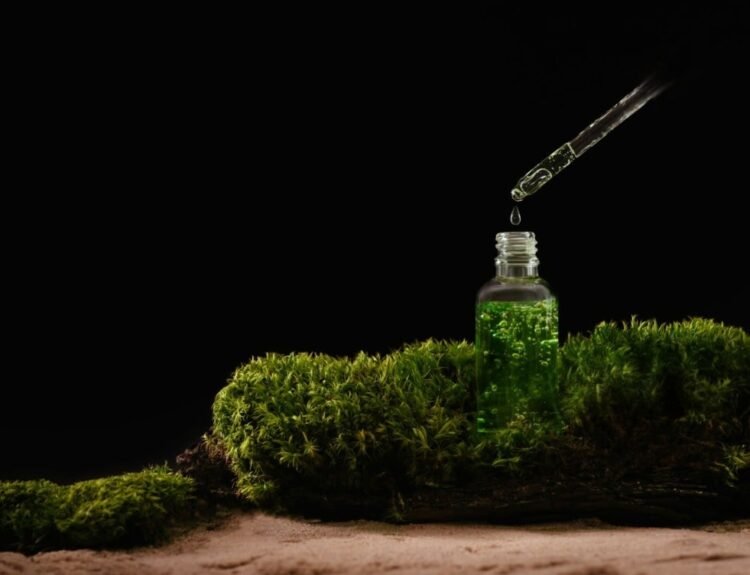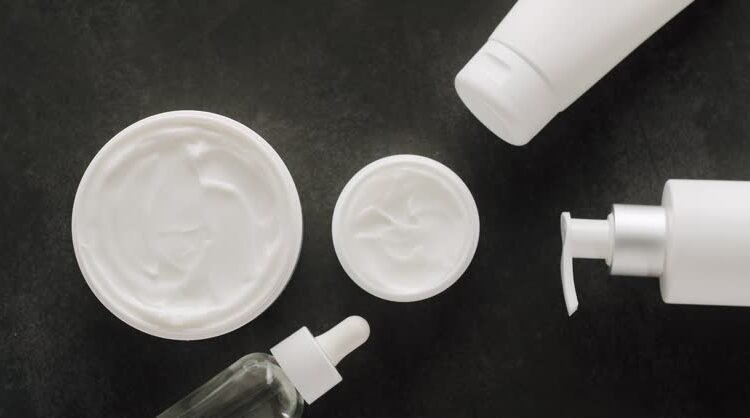The skincare industry is full of promises, but not every “natural” ingredient delivers real results. If you’re trying to simplify your skincare routine or go clean and green, it’s essential to choose natural ingredients backed by both science and centuries of use.
In this guide, we break down the top 5 natural ingredients that work, how they benefit your skin, and why they should be part of your skincare arsenal.
1. Vitamin C – Nature’s Brightening Agent
What is Vitamin C?
Vitamin C, also known as ascorbic acid, is a powerful antioxidant found naturally in citrus fruits, berries, and leafy greens. It’s one of the most researched ingredients in dermatology—and for good reason.
Key Benefits:
- Brightens skin tone by reducing hyperpigmentation and dark spots
- Boosts collagen production, making skin look firmer and more youthful
- Fights free radical damage caused by pollution and UV rays
- Improves skin texture by aiding in cell turnover
How to Use:
Look for Vitamin C serums with concentrations between 10–20%. Apply in the morning before sunscreen for maximum antioxidant protection.
Pro Tip:
Combine Vitamin C with Vitamin E and ferulic acid for enhanced stability and efficacy.
2. Tea Tree Oil – The Natural Acne Fighter
What is Tea Tree Oil?
Tea tree oil is extracted from the leaves of the Melaleuca alternifolia tree, native to Australia. Known for its antibacterial and anti-inflammatory properties, it’s a favorite for those battling acne.
Key Benefits:
- Kills acne-causing bacteria like Propionibacterium acnes
- Reduces inflammation and redness
- Unclogs pores and balances oil production
- Speeds up healing of pimples and blemishes
How to Use:
Dilute tea tree oil with a carrier oil (like jojoba or coconut oil) and apply to breakouts using a cotton swab. You can also find it in cleansers, spot treatments, and toners.
Caution:
Never apply undiluted tea tree oil directly to the skin—it can cause irritation or dryness.
3. Rosehip Oil – The Skin Rejuvenator
What is Rosehip Oil?
Extracted from the seeds of rose bushes (particularly Rosa canina), rosehip oil is rich in vitamins A, C, and essential fatty acids. It’s a lightweight oil with heavy-hitting skin benefits.
Key Benefits:
- Reduces scars and fine lines with natural retinoids (vitamin A derivatives)
- Deeply moisturizes without clogging pores
- Fades dark spots and hyperpigmentation
- Supports skin regeneration and elasticity
How to Use:
Apply 2–3 drops to clean skin before bed. It works well layered under a moisturizer or used as a facial oil.
Ideal For:
All skin types, especially dry, aging, or scar-prone skin.
4. Aloe Vera – The Ultimate Soother
What is Aloe Vera?
Aloe vera is a succulent plant known for its healing, soothing, and anti-inflammatory properties. It’s been used for thousands of years in skincare, especially for treating burns and irritation.
Key Benefits:
- Soothes inflammation and sunburn
- Hydrates the skin with natural polysaccharides
- Speeds up healing of wounds and minor cuts
- Fights bacteria and reduces acne
How to Use:
Use pure aloe vera gel or products with high aloe content (at least 90%) after sun exposure or when your skin feels irritated.
Bonus Use:
Aloe vera makes a great hydrating mask—apply a thick layer, leave on for 15 minutes, and rinse off.
5. Sea Buckthorn Oil – The Omega-Powered Glow Booster
What is Sea Buckthorn Oil?
Derived from the berries of the sea buckthorn plant (Hippophae rhamnoides), this golden oil is packed with antioxidants, vitamins, and essential fatty acids—including rare omega-7.
Key Benefits:
- Nourishes and strengthens the skin barrier
- Promotes skin elasticity and smoothness
- Fights signs of aging like fine lines and wrinkles
- Calms redness and supports sensitive or compromised skin
How to Use:
Use as a facial oil (2–3 drops), mix into moisturizer, or apply as a spot treatment. It absorbs quickly and gives a natural glow.
Did You Know?
Sea buckthorn oil contains more vitamin C than oranges, and it’s one of the few plant sources of all four omega fatty acids (3, 6, 7, 9).
Why These Natural Ingredients Work (Backed by Science)
It’s easy to get lost in the natural skincare hype, but what sets these five ingredients apart is that they are:
- Clinically studied for safety and effectiveness
- Naturally bioavailable, meaning your skin absorbs them easily
- Multifunctional, addressing several skin issues at once
- Suitable for most skin types, especially when used correctly
How to Choose the Right Natural Ingredient for Your Skin Type
| Skin Type | Recommended Ingredient | Why It Works |
| Oily/Acne-Prone | Tea Tree Oil, Aloe Vera | Controls oil, calms breakouts |
| Dry/Dehydrated | Rosehip Oil, Sea Buckthorn | Restores moisture and strengthens skin |
| Sensitive Skin | Aloe Vera, Sea Buckthorn | Soothes inflammation and supports healing |
| Mature Skin | Vitamin C, Rosehip Oil | Reduces wrinkles and improves firmness |
| Combination Skin | Vitamin C, Aloe Vera | Brightens and balances |
How to Incorporate These Ingredients into a Routine
A simple, effective natural skincare routine might look like this:
Morning:
- Cleanser with aloe vera
- Vitamin C serum
- Lightweight moisturizer
- Broad-spectrum SPF
Evening:
- Gentle cleanser
- Tea tree spot treatment (as needed)
- Rosehip or sea buckthorn oil
- Hydrating moisturizer
Final Thoughts
When it comes to skincare, natural ingredients can be just as powerful as synthetic ones—sometimes even more so. These five superstars—Vitamin C, Tea Tree Oil, Rosehip Oil, Aloe Vera, and Sea Buckthorn Oil—deliver real, visible results when used consistently and correctly.
Whether you’re building a minimalist skincare routine or switching to clean beauty, integrating these ingredients can help your skin look brighter, clearer, and healthier naturally.








